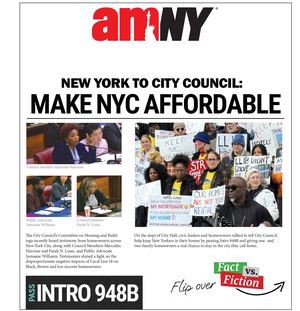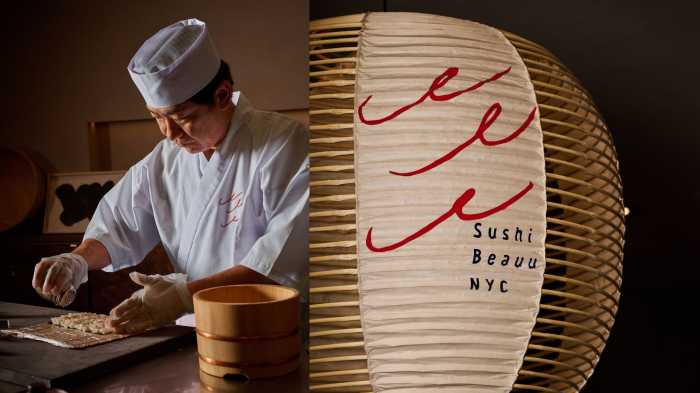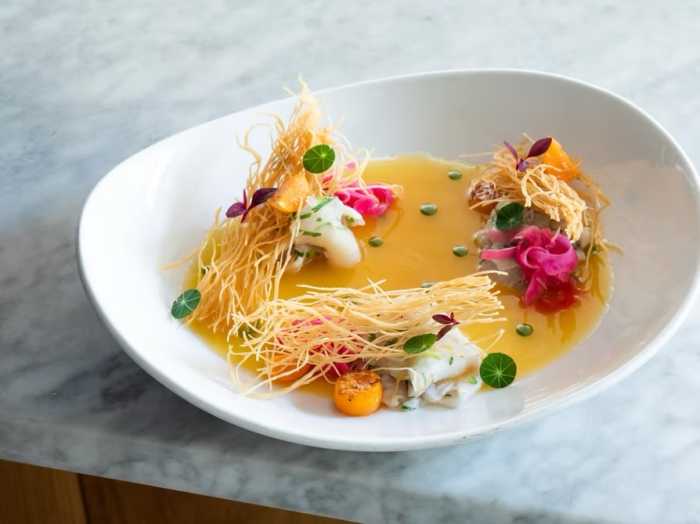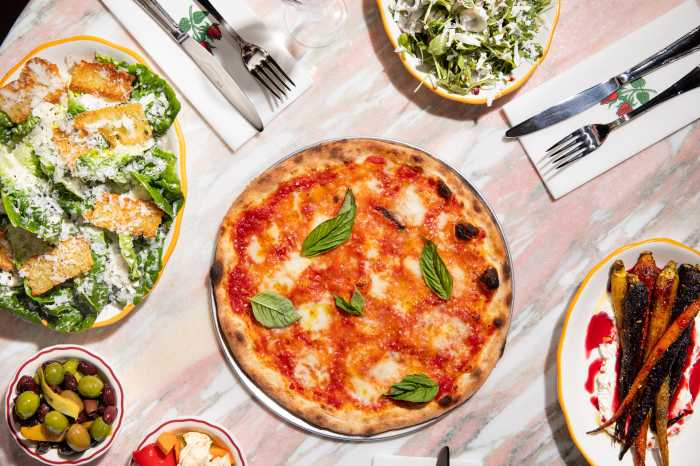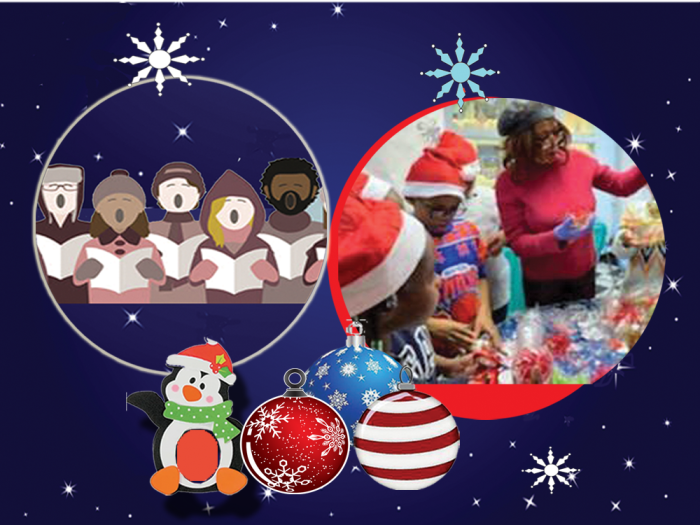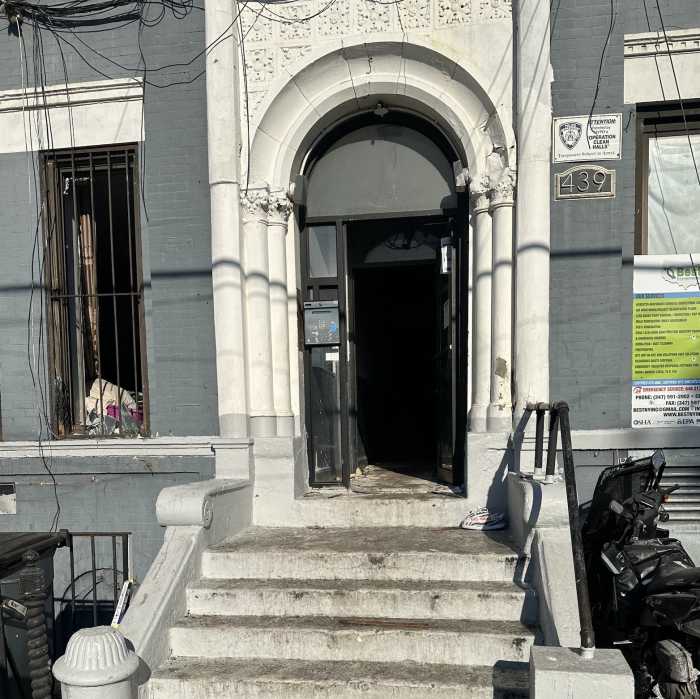When it comes to cheese, Liz Thorpe is, well, the big cheese.
Since getting her start behind the counter at Murray’s Cheese in 2002, where she helped launch the Bleecker Street shop’s wholesale business and eventually headed their Kroger supermarket expansion as vice president, to her current consulting company, The People’s Cheese, she is recognized as an authority on all things cheese.
Now, she wants to share what she’s learned.
Thorpe’s new book, “The Book of Cheese” ($40), is a thorough guide to discovering new cheeses based on ones you already likely know and love — what she calls “gateway cheeses,” like mozzarella, brie and cheddar.
amNewYork spoke with Thorpe, 39, who now lives in New Orleans, about her new book.
What continues to surprise or enthrall you about cheese?
I was in Italy last week, there’s this big cheese festival that happens every two years in this town in Northern Italy, Bra. There’s hundreds of cheesemakers who get together. You can walk around and taste cheese from all these hundreds of cheesemakers. What continues to amaze me is there are many cheeses that are made by different producers — so 500 different people that make this kind of pecorino, or that kind of brie. And it’s the same unique cheese, but they are all slightly different from one another. I’ve been lucky enough to meet a lot of the people who make it. There’s a real immediate relationship between where and how it’s made, and why it tastes the way it does. I think for me, after all these years, that doesn’t get old.
How many different kinds of cheese have you eaten?
I’ve definitely had well over 1,000 kinds of cheese in the course of my career. I think the thing that’s kind of interesting about many cheeses is they’re different every time you taste them. So you can have a cheese that you’ve had 50 times before, but it can taste a little bit different each time.
It’s one of those questions like pick your favorite kid, but what is your favorite cheese?
I have a favorite style of cheese, which are the soft stinky cheeses. In my book, it’s the taleggio gateway. I still remember the first time I tasted taleggio. Now I’m old enough that taleggio was really exotic when I first tasted it, now it’s totally passé for many people. But for me it was the gateway into these cheeses that are sort of plump and soft and creamy and spreadable but have this salty, meaty profile that I just love so much. If I have to pick a favorite cheese, I would pick the French cheese Epoisses, but I would be under duress.
Is there a gateway that you won’t eat?
There’s not a gateway that I don’t eat, I truly love and eat all cheese. The gateway or style that I was the most resistant to is Swiss. [Growing up], to me Swiss cheese was the cheese you could get at the deli that had holes in it. I really thought it was so gross. I didn’t like the smell. When I started working in cheese, I found out that the country of Switzerland makes many different cheeses, and one of them has holes like that, and most of them don’t. It was this huge mind-blowing revelation for me. I don’t like crappy deli Swiss cheese, I like well-made cheese. When I was running Murray’s wholesale department, the guy who bought the cheese for [the restaurant] Daniel was interested in this cheese from Switzerland. I was like, OK, if this guy could branch out from French cheese, I could branch out, too.
Where do you personally shop for cheese — specialty shops? Supermarkets?
Obviously New Orleans is a smaller town than New York, we don’t have as many choices. But like New York and most cities, we have a great independent shop. St. James Cheese Company — that’s where I go for my special-occasion cheese… One thing I discovered since moving out of New York is Costco has amazing cheese. There’s not a lot of it, but there are a lot of things that are fantastic and a really good deal. They have, from the Swiss gateway, a cheese called comté. They have a comté that is selected and aged by a cheese ager in France called Hervé Mons — it’s really excellent and like $8.99 a pound. Usually when you go to a store, if you can find it, it’s like $20-$30 a pound. This is a younger comté, but it’s really good and the prices can’t get beat. I always get Hervé Mons comté. They have a really good buffalo mozzarella at Costco that comes in a six-pack. There’s a cheddar-Swiss hybrid called Dubliner that I buy in two-pound blocks. Those are always around.
What are your go-tos when you’re in New York?
When I visit the city I stay in Clinton Hill in Brooklyn, so Green Grape Provisions in Fort Greene is my go-to. Or Foster Sundry, which is more like Bushwick. Or Bedford Cheese Shop [in Williamsburg]. Those are my three Brooklyn go-tos. And Bedford is also in Manhattan. Murray’s is still amazing. And it’s much smaller, but I really like Lucy’s Whey uptown. It’s a small selection but a great staff and really thoughtfully put together.
People’s tastes have evolved since you’ve started, but what are some misconceptions about cheese that you find you still are addressing?
People’s tastes have evolved and people’s exposure to different kinds of cheese and their expectations of choice have evolved, but whenever I do events or classes or tastings, the questions that people ask are still the same questions people were asking me 15 years ago.
The first thing is the whole issue of raw milk cheese. A lot of people are confused about raw milk cheese in terms of its legality and safety. People think if it’s unpasteurized milk or raw milk, it is illegal or dangerous, neither of which is true. As long as it’s aged for 60 days it is legal. It’s completely possible that you can have safe and healthy cheese made up of unpasteurized milk, many of us would argue that it’s better.
Another thing that comes up a lot that I like to correct people on — though I’m not a medical doctor — is people think if they’re lactose intolerant, they cannot eat cheese. And that is often not the case. People who are lactose intolerant, they have a lot of digestive problems if they have milk and ice cream, but because cheese is a fermented diary product, it has very little to no residual lactose in it. By the time it’s cheese, the lactose is gone. Also, a lot of people who think they can’t have lactose just have trouble digesting cow milk cheese. If they try goat or sheep’s milk cheese, they have no ill effects.
Gateway cheeses
The “gateway cheeses,” which can help you navigate the world of fromage, as broken down in “The Book of Cheese” by Liz Thorpe:
- Mozzarella
- Brie
- Havarti
- Taleggio
- Manchego
- Cheddar
- Swiss
- Parmesan
- Blue
Liz Thorpe celebrates the release of “The Book of Cheese” with several events in NYC:
Cheese 101 class at the Brooklyn Kitchen, Oct. 12 from 7-8:30 p.m., $50 (includes book); 100 Frost St.
Cheese exploration workshop at Murray’s Cheese Shop, Oct. 14 from 2-4 p.m., $130; 254 Bleecker St.
Fromage Fete at New York City Wine and Food Festival, Oct. 15 from 2-4 p.m., $95; The Norwood Club, 241 W. 14th St.
Talk and tasting at the 92nd Street Y, Oct. 17 at 7 p.m, $29; 1395 Lexington Ave.
Cheese 101 class at Murray’s Cheese, Oct. 18 from 6:30-8 p.m., $80; 254 Bleecker St.
